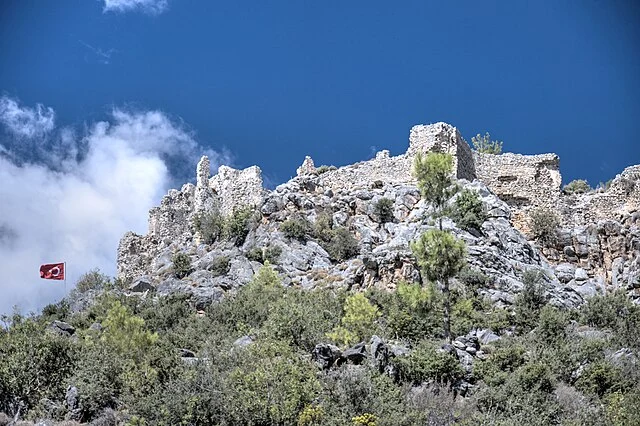Softa Castle, located in Turkey, represents a significant historical and architectural site. It offers insights into the region’s medieval history. The castle is in the Taurus Mountains, specifically in the Mersin Province, an area known for its historical importance.
Get your dose of History via Email
Historical Context
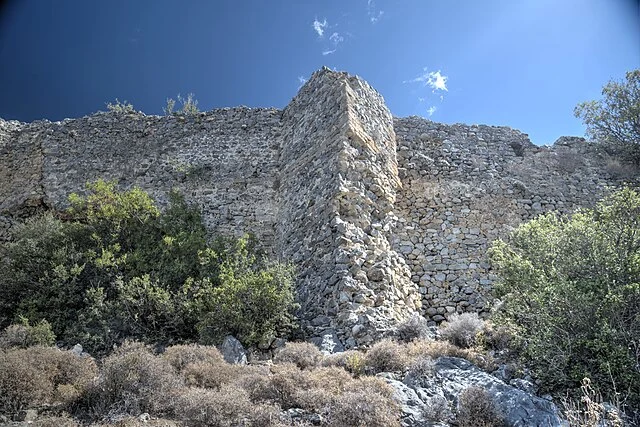
The exact date of Softa Castle’s construction is unknown, but evidence suggests it was built during the Byzantine era, likely between the 11th and 12th centuries AD. The Byzantines, seeking to strengthen their defenses in the region, constructed several fortifications in the Taurus Mountains. Softa Castle was part of this broader strategy to protect against invading forces, including Seljuk Turks and later Crusaders.
Architectural Features
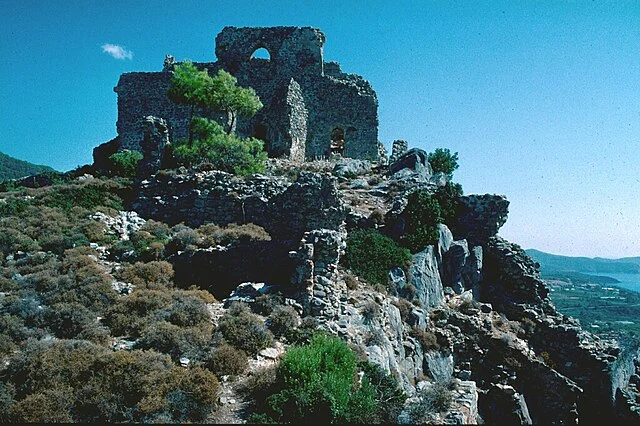
Softa Castle, like many Byzantine fortifications, uses the natural landscape to enhance its defensive capabilities. The castle is built on a steep rocky outcrop, which provided a strategic vantage point for monitoring and controlling the surrounding area. The construction uses local limestone, a common material in Byzantine architecture, which was both abundant and durable.
The castle’s design includes several key defensive features. The walls are thick, with some sections reaching several meters in thickness, designed to withstand siege warfare. Towers are strategically placed along the walls, offering positions for archers and lookouts. The entrance to the castle is fortified, with a gatehouse and a drawbridge, adding further layers of defense.
Role in Regional Conflicts
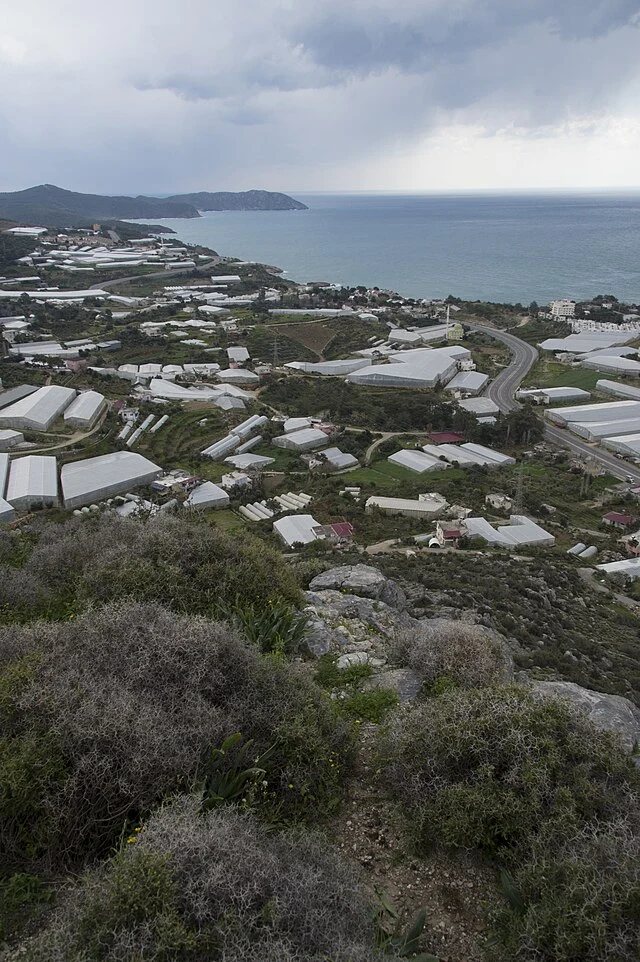
Softa Castle played a critical role during regional conflicts in the medieval period. It was a stronghold for Byzantine forces during their battles with the Seljuk Turks in the 11th and 12th centuries AD. The castle’s strategic location made it a valuable asset for controlling access to the Cilician Plains and the Mediterranean coast.
During the Crusades, the castle likely changed hands multiple times, as both Crusader and Muslim forces sought control over key fortifications in the region. The castle’s position allowed its occupants to control trade routes and monitor military movements, making it a significant military asset.
Later History and Decline
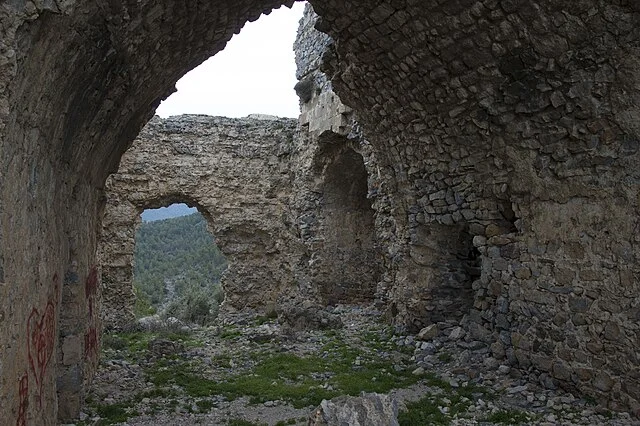
After the Byzantine Empire’s decline, the castle continued to be used by local powers, including the Armenian Kingdom of Cilicia and later the Ottoman Empire. However, as military technology advanced and the importance of the region’s fortifications decreased, Softa Castle fell into disuse. By the late Ottoman period, the castle was largely abandoned, serving more as a local landmark than a functional military site.
Archaeological Significance
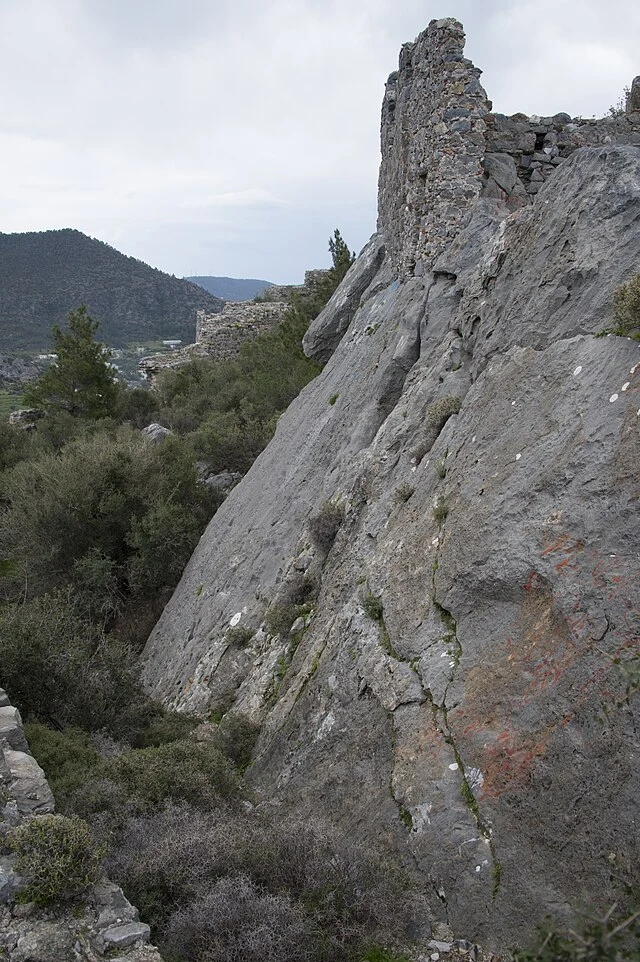
Today, Softa Castle is an important site for archaeological study. Its relatively well-preserved structure offers valuable insights into Byzantine military architecture and the historical dynamics of the region. Archaeological surveys have uncovered artifacts that shed light on the daily life of the castle’s occupants and the broader historical context of the region.
Conclusion
Softa Castle stands as a testament to the complex history of the Taurus Mountains region. Its strategic importance, architectural features, and role in regional conflicts highlight the Byzantine Empire’s efforts to defend its territories. Although the castle eventually fell into disuse, its ruins remain a valuable resource for understanding the medieval history of the region. Researchers and historians continue to study Softa Castle, revealing new aspects of its history and significance.
Source:

